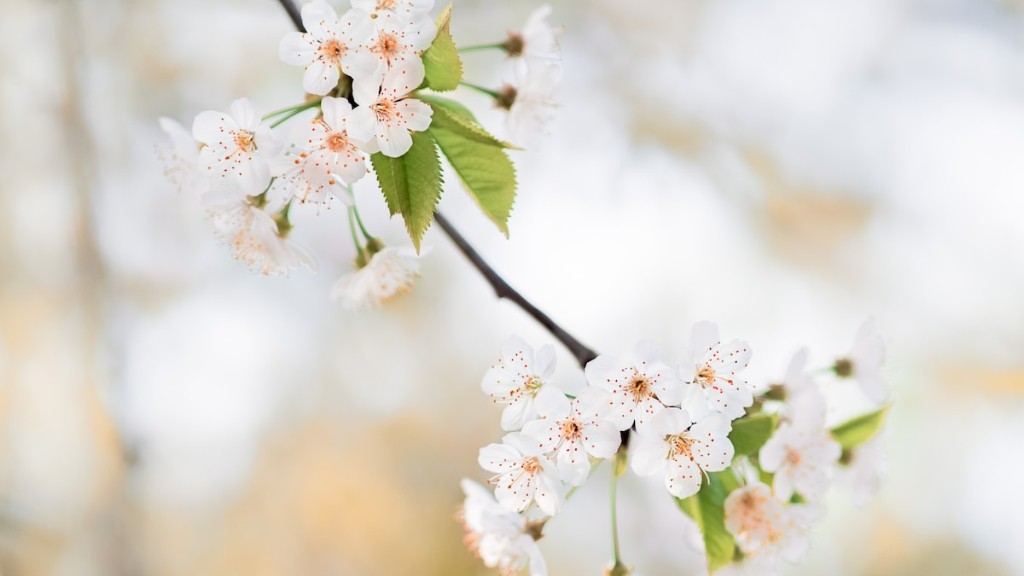Identifying Dead Palm Trees
Dead palm trees can pose as an eye-sore, even when they’re tucked away in the yard. So how can you tell if a palm tree is dead? From an expert’s perspective, there are several signs that you can use to identify a dead (or dying) palm tree. These include examining the fronds, noting the overall health of the tree, and analyzing the trunk for signs of decay.
Examining the Fronds
The fronds (or leaves) of a palm tree are an easy way to recognize a dead palm tree. As the fronds age, they begin to change color to a yellowish-brown. If the tree has experienced severe disease or pest damage, then it’s likely that the fronds will turn from yellow to a brownish-gray as well. In addition, the fronds may start to detach from the tree naturally. This could be indicative of frond decline, a common palm tree symptom that can occur due to frost-burn, pest infestation, or disease.
It is important to note that not all frond decline is caused by death. In some cases, the decline may be indicative of deterioration due to various environmental factors. Thus, it is important to conduct a thorough inspection of the fronds as they are one of the clearest signs of a dead palm tree.
Overall Health of Tree
Aside from examining the fronds, experts suggest that you look at the overall health of the tree. If the palm tree is no longer producing new fronds, or if it appears to be severely lacking in foliage, then it’s likely that the tree is dead. In addition, the bark of a dead palm tree may start to flake away, leaving behind a brittle, mottled surface.
When examining the overall health of the tree, it is important to look at the trunk and base of the tree. If the tree is dead, then it is likely that the trunk will start to bend and appear withered. In severe cases, the bark may start to rot, leaving behind a hollow core which can lead to the eventual collapse of the tree.
Analyzing the Trunk
Analyzing the trunk of a palm tree is the last step in determining whether or not the tree is dead. If the bark of the tree is soft and spongy to the touch, then it is likely due to rot caused by a variety of fungi and bacteria. Additionally, the trunk may start to exude a noxious odor, signaling a sign of death.
In addition, experts suggest looking for signs of insects within the bark. If ant colonies or termite infestations are present, then the tree is likely dead or dying. The presence of pests could also indicate other diseases, so it is important to conduct a detailed inspection of the trunk in order to accurately diagnose the problem.
Conclusion
In conclusion, when trying to determine if a palm tree is dead, experts suggest examining the fronds, noting the overall health of the tree, and analyzing the trunk for signs of decay. If the tree is dead, then it is likely that the fronds will have changed color to a yellowish-brown or grayish-brown, and the trunk will be soft and spongy to the touch. Additionally, the presence of pests and rotting wood can also indicate that the tree is dead. Thus, it is important to conduct a thorough inspection in order to accurately diagnose the problem.
Frost Burnt Palms
Frost burning can cause a palm tree to become visibly discolored, withered and weakened, even leading to death. Palm trees are generally not adapted to withstand temperatures below freezing, so when exposed to freezing temperatures over a short period, the palm tree’s cell walls start to collapse and cause the fronds to turn brown and die. Therefore, it is important to remember to cover your palm trees during the winter months and ensure that they are properly sheltered if a frost is expected.
Light Exposure
Palm trees need sunlight to photosynthesize and create food, but too much light can cause a palm tree to become dry and brittle. Without proper watering, the fronds of the tree can begin to yellow and die. Therefore, it is important to find a good balance between providing adequate sunlight and ensuring proper water needs for the palm tree.
Pruning
Pruning is a good way to keep your palm trees healthy and lively. Pruning dead fronds is an important step in maintaining palm trees as dead fronds can harbor pests, fungi, and bacteria. In addition, pruning can help control the size and shape of the palm tree and maintain its overall health and appearance.
Fertilization
Fertilization is essential to the health of any vegetable or plant and this includes palm trees. Adding fertilizer to the soil helps to add essential nutrients to the soil and promote a healthy growth of your palm trees. Fertilizer should be applied every spring, summer and fall to help ensure a healthy and vibrant looking palm tree.


